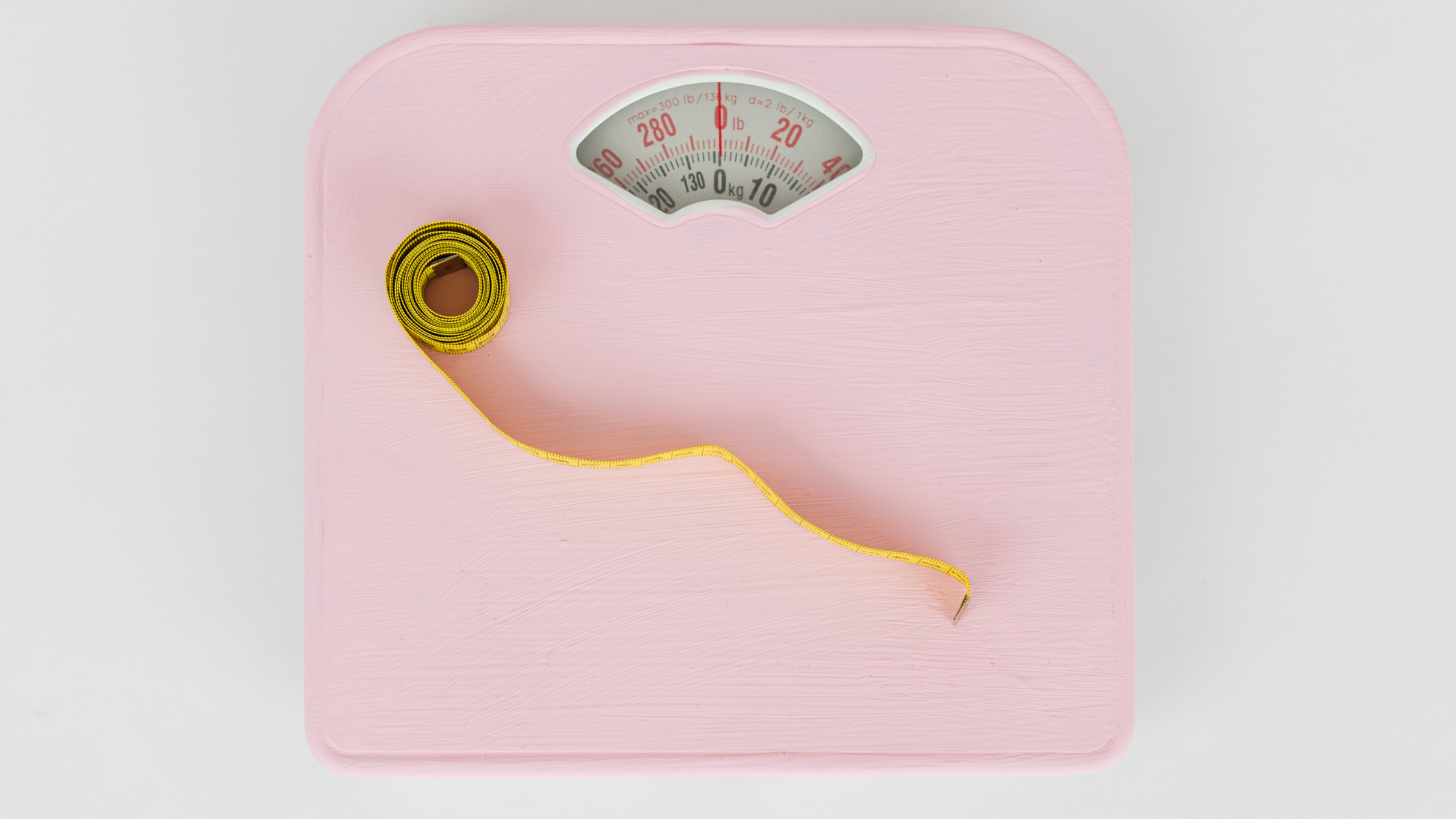Let’s delve into a crucial aspect of the weight loss journey that often gets overlooked—the obsession with stepping onto our home scales. Weighing ourselves too frequently can have a significant impact on our mindset and may not accurately represent the positive changes happening in our bodies. In this blog post, we’ll explore the drawbacks of excessive scale-checking and introduce key measurements for weight loss that provide a more comprehensive view of your progress.
The Downside of Daily Check-Ins
Many of my clients share a common struggle: an excessive focus on the number displayed on their home scales. Daily weigh-ins can lead to emotional distress, especially if the number doesn’t budge or fluctuates – which is likely! The scale alone does not offer a complete picture of your body’s changes and may decrease your motivation and change your choices throughout the day.
Mindset Matters: The Emotional Impact of the Scale
For many individuals, the number on the scale holds immense emotional weight. When this number doesn’t change, it can negatively influence motivation and alter the course of daily decision-making. It’s essential to recognise that visible changes in physical appearance, increased energy levels, or improved clothing fit may not align with the scale’s reading, and aren’t they better indicators of health?
The Scale Alone Isn’t Enough
The number on the scale merely reflects your body’s overall weight, offering no insight into the composition of that weight—whether it’s body fat, muscle mass, body water, bone mass, or visceral fat. To truly understand your progress, additional measurements are necessary.
Key Measurements for a Comprehensive View
- Bioimpedance Analysis (BIA) Scales: These scales provide detailed information about body composition, including muscle mass, body fat percentage, and hydration levels. If you have access to these scales at a gym or through a nutritionist, they can be a valuable addition to your weight loss toolkit.
- Tape Measure Measurements: Simple tape measurements of your hips, bust, and waist can offer more accurate data than the scale alone. Regularly tracking these measurements allows you to monitor changes in specific areas of your body.
- Progress Photos: While progress photos may seem daunting, they are an effective way to visually track changes in your physique. You don’t need to share these photos; they can serve as a personal record of your journey.
- Smartwatch Data: If you wear a smartwatch, leverage its capabilities to monitor metrics like your resting heart rate, resting respiratory rate, and activity levels. These additional measurements can provide insights into your overall health and fitness progress.
Timing Matters
To avoid the emotional roller coaster of daily weigh-ins, I recommend checking in on your weight and other measurements no more than every four weeks. This interval allows for more accurate tracking of changes in muscle mass and body fat percentage, the key measurements for weight loss.
Weighing yourself at home can be a valuable tool if done mindfully. Restricting scale check-ins to every four weeks, coupled with alternative measurements like BIA scales, tape measurements, progress photos, and smartwatch data, ensures a more holistic understanding of your progress. If you find the scale negatively impacting your mindset, consider shifting to less frequent check-ins and incorporating these alternative measurements.
If you’re looking to start your weight loss journey, my weight loss program Weighing in Lighter is now open for our next intake starting January 2024. We meet for 1 hour every week over Zoom where I give you the tools to manage your weight for the rest of your life. Don’t delay as I only open 15 spots for each intake, so register now.

Jade Harman is a Clinical Nutritionist, educator, and speaker helping people make sense of nutrition. With a Bachelor’s degree in Nutritional and Dietetic Medicine and experience supporting more than 500 clients, she’s seen firsthand how misinformation can derail good habits. Jade doesn’t do fads or guilt – just practical advice that works in real life with real people. You can find out more about Jade here.

+ show Comments
- Hide Comments
add a comment